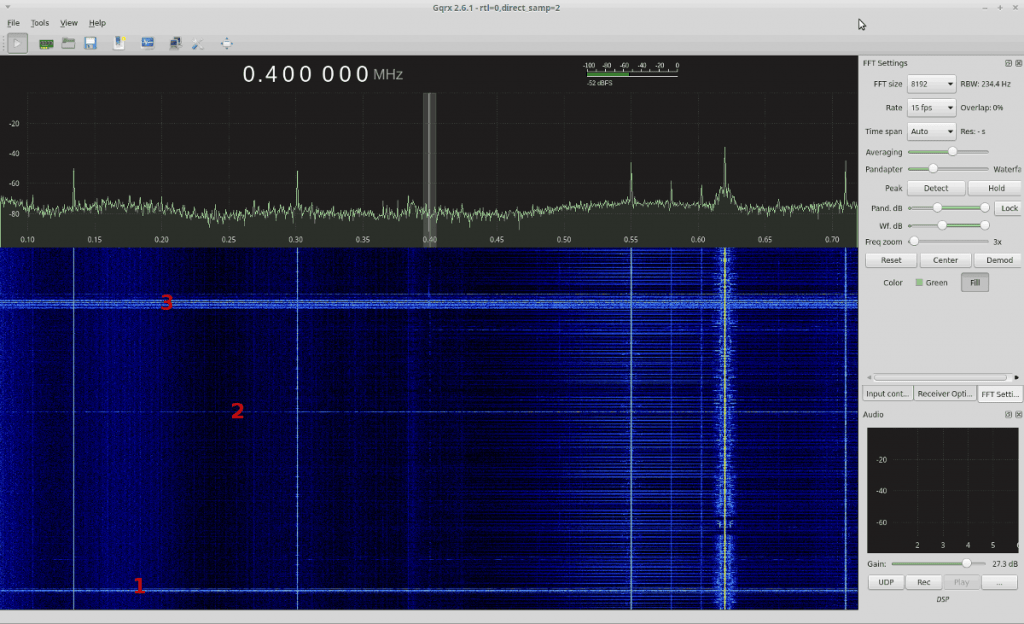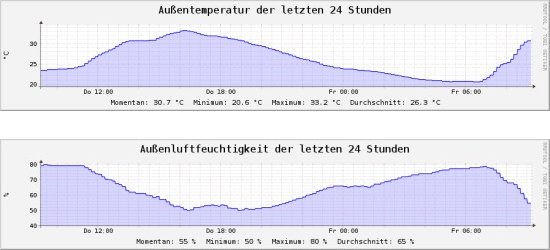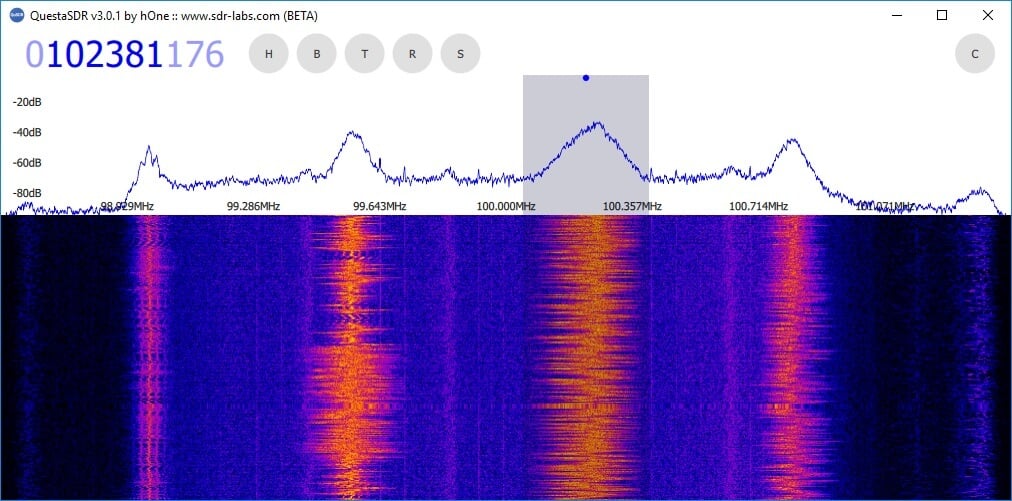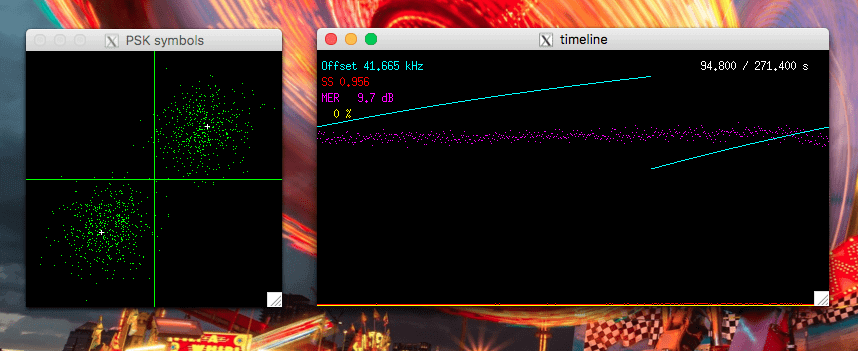Viewing Lightning RF Bursts with an RTL-SDR
Lightning produces fairly wideband bursts of RF energy, especially down in the VLF to HF frequencies. Detecting these bursts with custom radio hardware is how lightning detection websites such as blitzortung.org work.
It is also possible to detect lightning using an RTL-SDR that can tune to to HF and lower, such as the RTL-SDR V3, or an RTL-SDR with an upconverter. Over on his blog Kenn Ranous (KA0SBL) has uploaded a short post showing what lightning bursts look like on an RTL-SDR waterfall. He uses an RTL-SDR V3 to tune down to the LF – MW frequency bands and looks for wideband pulses of noise which indicate lightning.
It would be interesting to see if this type of detection could be automated with DSP so that a similar service to Blitzortung.org could be created.




